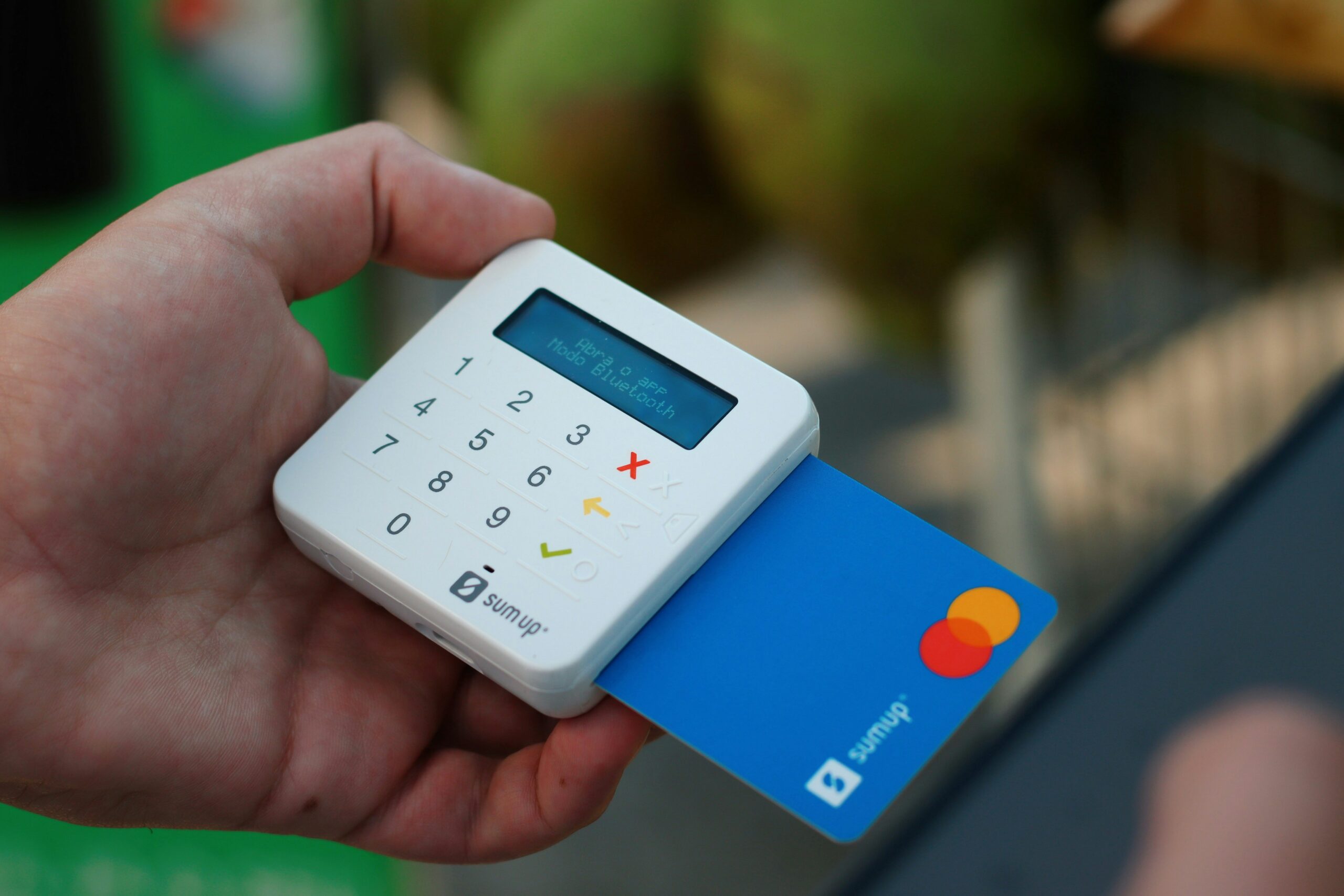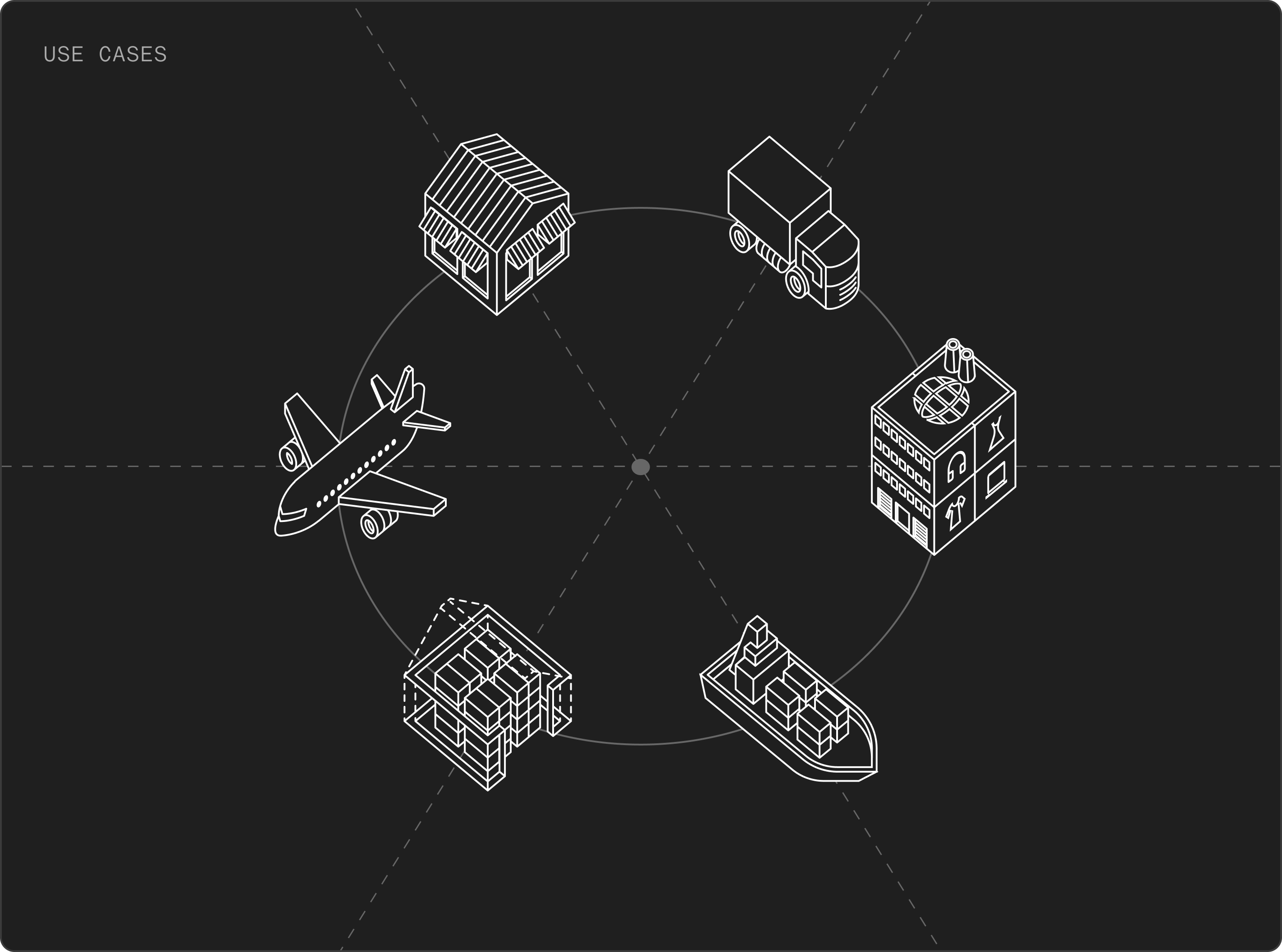Doppio Discussions is a new panel discussion series that Pranav Sharad is hosting among our senior technical team members on key topics for growing clients. In today’s discussion, Pranav spoke with Akhil and Sindhura who have both just completed client projects around e-commerce integrations and payments.
Our Panelists

Akhil Bansal
Technical Solution Architect

Sindhura Paleru
Senior Technical Consultant
The Evolution of B2C Integrations
Today, a whopping 82% of U.S. businesses believe an online store is essential to stay competitive. It’s not hard to see why – with the number of global online shoppers projected to increase from 2.14 billion in 2023 to 2.41 billion by 2025, the potential for growth is enormous. This article explores the key areas of B2C integrations, international e-commerce solutions, and credit card integrations, providing insights for businesses aiming to thrive in this digital ecosystem.
Establishing an effective online store involves more than just digital product displays. It requires creating a seamless customer experience, which is where B2C integrations play a crucial role. Platforms such as Shopify, WooCommerce, and Adobe Commerce (formerly Magento) have streamlined the process of establishing an online presence. Shopify offers an accessible, fully-hosted solution ideal for small to medium enterprises, while WooCommerce and Adobe Commerce provide more extensive customization options suitable for larger organizations with specific requirements. The integration of these e-commerce platforms with robust ERP systems like Infor M3 represents a significant advancement in online retail capabilities.
Addressing Challenges in B2C Integrations
It’s important to acknowledge that integration processes can present considerable challenges. Key areas that require attention include order integration, product data synchronization, price updates, and inventory management. Coordinating these elements effectively is crucial for operational success.
Akhil Bansal, Solution Architect at Doppio Group, emphasizes the importance of seamless integration between e-commerce platforms and ERP systems like Infor M3. He explains that “the most common integration – the must have – is the order integration. As soon as an order is created in the e-commerce platform, the order should be entered in M3 as well. As the order processes through its life cycle, we need to update the order details in the e-commerce website too. For example, once the goods are shipped, you want to update the tracking information on the e-commerce side. Once the invoice is generated, you update the invoice details on the e-commerce side as well.”
Infor M3 has over 6000 API transactions available for these types of integrations. The robust ION API gateway allows integrations to leverage the business logic within Infor M3 to seamlessly connect web experience with the backend ERP system.
The fashion industry exemplifies these challenges. The rapid introduction of new SKUs necessitates efficient product data integration. Furthermore, managing inventory across multiple countries and warehouses introduces additional complexities that require sophisticated solutions.
Expanding Globally: Multi-Site, Multi-Currency, and Multi-Country E-Commerce Solutions
For businesses considering international expansion, it’s crucial to understand the complexities of global e-commerce. Managing multiple storefronts on a single website presents significant challenges. It requires ensuring accurate pricing and inventory data for each region, managing multiple currencies, and navigating the intricacies of international shipping and taxation.
Akhil chimes in once again, highlighting that inventory management becomes even more complex for businesses operating on an international level. This is because “the complexity involving inventories is that we might have websites for multiple countries, so we have to make sure we’re pulling the inventory from the right warehouses. Most of the time, we show the allocatable net inventory. For instance, we’ve had a request that if the current allocatable inventory is not available, we also wanted to show when we can expect the next inventory availability. We used the supply program to determine the planned orders”.
With appropriate integration and configuration strategies, businesses can optimize their global e-commerce operations. The key lies in implementing systems capable of managing the complexities of multi-country and multi-currency transactions efficiently.
Ensuring Transaction Security: Credit Card Integrations
Secure payment processing is a critical aspect of e-commerce operations. Credit card integrations play a vital role in facilitating smooth transactions.
There are five primary types of transactions to consider: sale, authorization, capture, tokenization, and refunds. Each serves a specific function in the payment process, from initiating fund transfers to securely storing card details for future use. Sindhura Paleru, a senior consultant at Doppio, explains the different types of credit card integrations and their use cases: “First, we have the sales transaction, which is requesting the initiation of funds transfer from the customer’s card to the merchant’s bank account. Then we have authorization, which is reserving the funds for orders which we later use for capture. Next is the capture, which is the actual reserving of funds. We also have tokenization, which enables saving card information securely for future transactions. Finally, we have refunds, which can be done by reference to a previous transaction or directly to a card”.
Compliance is paramount when handling sensitive payment information. Standards such as PCI DSS, along with techniques like tokenization and the use of iframes, are essential for maintaining data security and protecting both customers and businesses. On compliance requirements, Sindhura says, “there are three important concepts for compliance and security. First is tokenization, where we save tokens returned by the payment gateway APIs instead of actual card details. This ensures that even in case of security breaches, hackers can’t use the stored information. Second is the use of iframes embedded in our web application so we don’t have to manage the security of sensitive information ourselves. Third, we’ve done storage device integrations, which takes away the risk of key loggers or malware present in machines”.
The Future Landscape of B2C Integrations and E-Commerce
Looking ahead, several trends are shaping the future of e-commerce. We anticipate more seamless integrations, with artificial intelligence and machine learning playing increasingly significant roles in personalizing the shopping experience. The continued growth of mobile commerce is expected, and technologies such as augmented reality are poised to transform online shopping paradigms. The e-commerce landscape of tomorrow promises to be even more dynamic and innovative than it is today.
Wrap Up
The realms of B2C integrations, international e-commerce solutions, and secure payment processing present significant opportunities for growth but include complex challenges for companies to overcome. By staying informed about these trends and leveraging appropriate technologies, businesses can position themselves for success in the digital marketplace. In the rapidly evolving world of e-commerce, continuous innovation and customer-centric strategies are key to maintaining a competitive edge.
Are you ready to enhance your e-commerce operations? Don’t let integration complexities impede your growth. Contact our team of experts today for a complimentary consultation on streamlining your B2C integrations, optimizing your global e-commerce solutions, and ensuring secure payment processing. Let’s collaborate to build the future of your online business.





